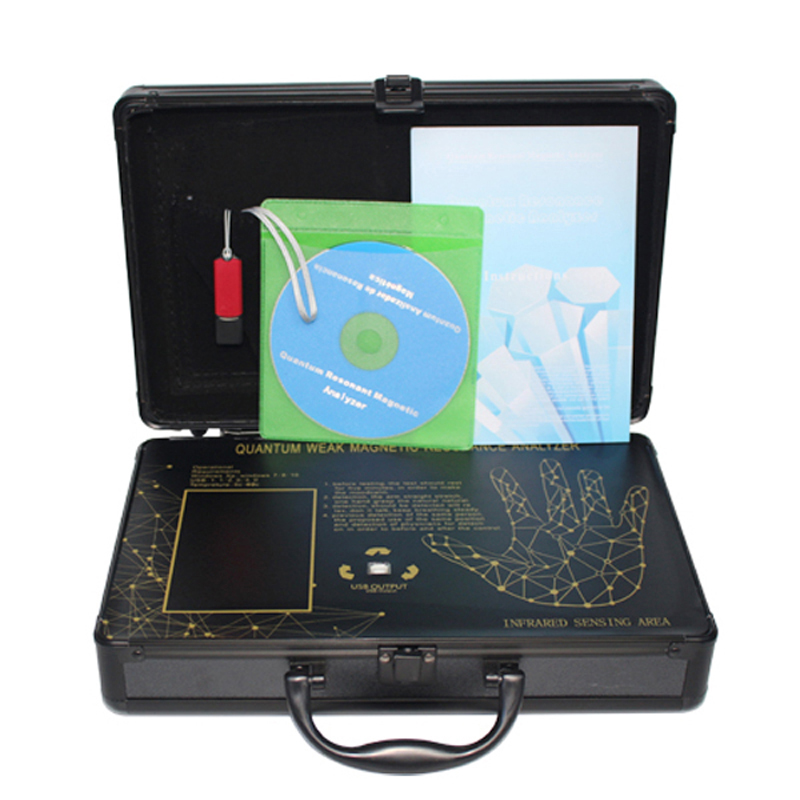Demystifying Character Traits Body Analysis Reviewed
Demystifying Character Traits Body Analysis Reviewed
Blog Article
If you’re wondering how body analysis can unlock hidden communication clues, you’re in the right place.
This article will show you how body analysis explains not only movement patterns but also deep personality structures.
Keep reading to discover what body reading can reveal about people. By the end, you’ll know how to avoid common mistakes when reading body language.
Why Learn Behavioral Body Analysis
Character traits body analysis gives you an extra layer of understanding, helping in personal relationships.
Even HR managers and recruiters can use behavioral observation in interviews, gaining deeper insights into candidate personalities.
Ultimately, reading body language empowers you to connect authentically.

Types of Body Analysis
There are several schools within character traits body analysis, each focusing on different aspects of the human body. One popular method examines facial features to infer behavioral patterns.
The “body explains” model, made popular by modern coaches, connects physical structure with specific personality archetypes.
Practicing multiple types of body analysis can give you a more complete picture of someone’s character and emotional state.

Body Analysis in Practice
Look for patterns: does a person consistently cross their arms? Do they lean away when asked certain questions?
Therapists use posture and body language to assess emotional openness.
The more you observe, the more intuitive your understanding becomes, allowing you to respond thoughtfully and authentically.
Common Myths About Body Analysis
Relying solely on one signal can lead to misunderstandings.
Ethical practitioners of behavioral reading know it’s about observation, not judgment or labeling.
Anyone interacting with people can apply these insights to foster trust, empathy, and connection.
The Body Explains: A Modern Approach
It’s used by therapists to help people understand why they react certain ways and how to unlock hidden emotional blocks.
In “the body explains” practice, professionals observe body segments and map them to psychological traits.
By learning how the body holds stories, individuals gain insight into their behavior and relationships.
Respectful Practice of Behavioral Body Analysis
Ethical practitioners use behavioral insights to support communication, not control or manipulate.
Another ethical guideline is to contextualize observations. A behavior or posture in one culture may mean something very different elsewhere.
Saying “I notice you tend to hold tension in your shoulders when discussing this topic” invites reflection, while “You’re clearly angry” risks invalidating the person’s experience.
Building Competence in Behavioral Body Reading
Building body reading skills takes practice, patience, and observation. Start by watching people in different settings, noticing posture shifts.
It’s important to stay humble, knowing that no single signal tells the whole story. Observing clusters of signals gives a more accurate reading.
With consistent practice, your awareness grows, enhancing communication, relationships, and emotional intelligence.

Final Thoughts on Body Analysis
Whether you’re a therapist, learning to read the body opens new dimensions of communication.
We’ve explored approaches of body analysis, from modern movement analysis.
Let the process inspire curiosity, empathy, and openness as you unlock the silent language of the human body.
Common Questions About Body Reading
How do you define body analysis?
Body analysis is the practice of observing physical traits, posture, gestures, and movements to gain insights into personality, emotions, and behavioral patterns.
Is body analysis difficult to learn?
While it takes patience and observation skills, you don’t need professional certification to start applying it in daily life.
Can body reading tell everything about a person?
Body analysis is an interpretive tool, not an exact science.
Is body analysis useful for work?
It helps professionals build rapport, detect unspoken needs, and adjust communication strategies.
What’s the difference between body analysis and body language reading?
Think of body analysis as a broader umbrella, with body language reading as one component of it.
carater rigido reich Report this page